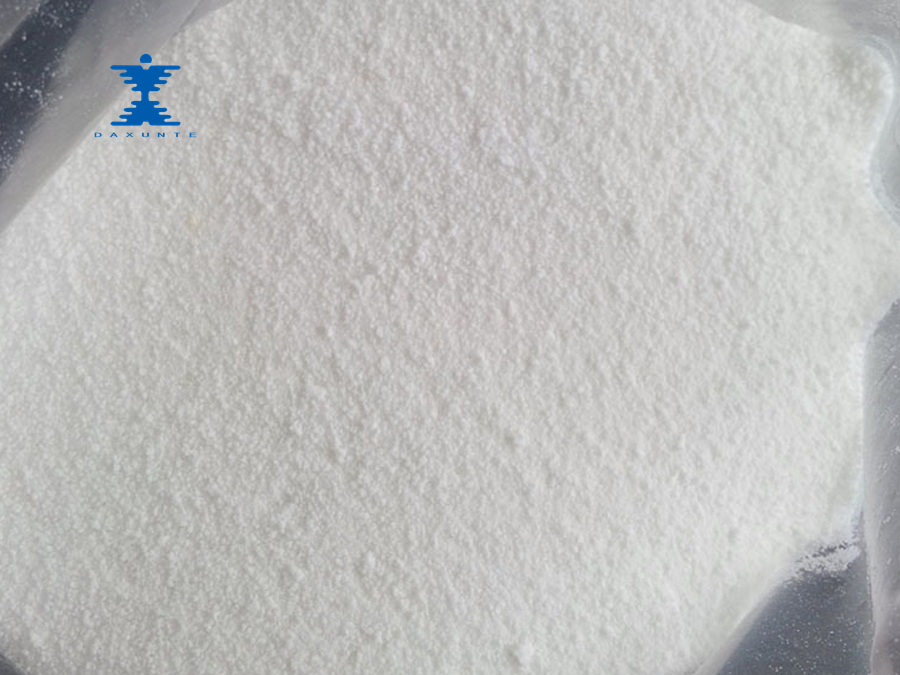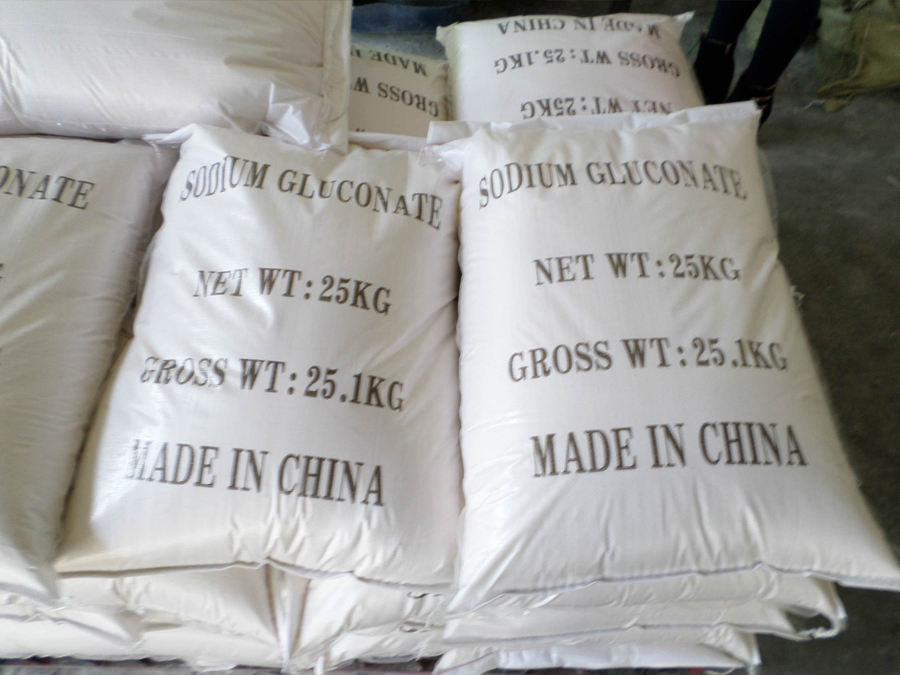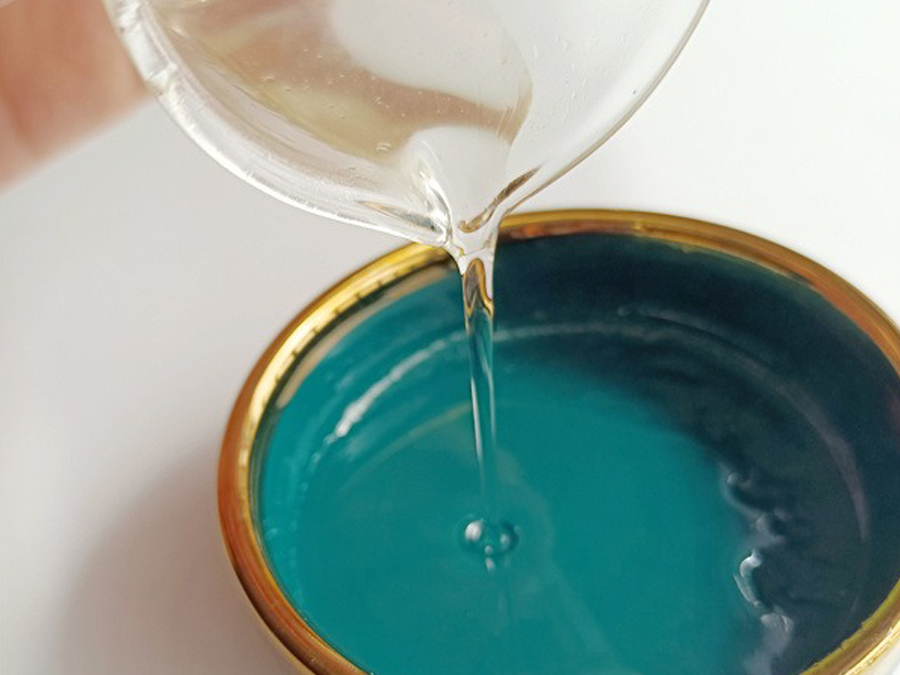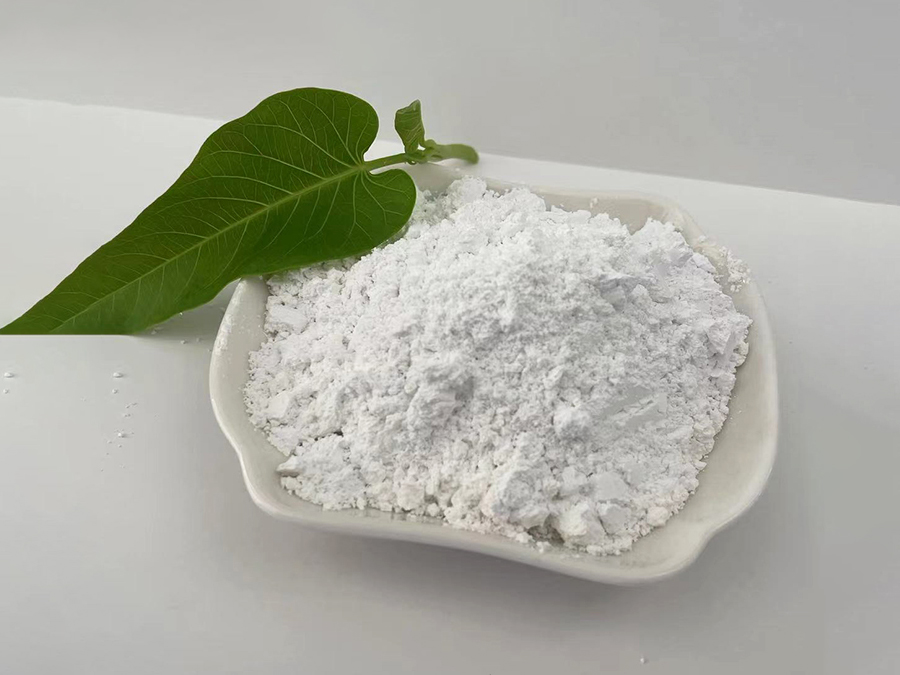
DAXUNTE
PRODUCT RANGE
Basic information
Foreign name
Neopentyl glycol
alias
2,2-Dimethyl-1,3-propanediol; 2,2-Dimethyl-1,3-propanediol
chemical formula
C5H12O2
molecular weight
104.15
CAS accession number
126-30-7
EINECS accession number
204-781-0
melting point
124-130℃
boiling point
210°C
water soluble
Soluble in water, lower alcohols, lower ketones, ethers and aromatic compounds, etc.
Density
1.06g/ml
Exterior
white crystalline solid
Flash point
107°C
should apply
Mainly used in the manufacture of resins, plasticizers and surfactants
security description
In case of accidental contact with eyes, rinse immediately with water and seek medical advice; wear goggles or a mask
hazard symbol
R36
Hazard statement
irritate eyes
Table of contents.1 Detailed introduction
.▪ Physical and chemical properties
.▪ Toxicity
.▪ Synthetic method
.▪ Main purpose
.▪ Packaging, storage and transportation
.▪ Security Terminology
.▪ Risk terms
.2 Precautions
detailed introduction
English alias: 2,2-Dimethyl-1,3-propanediol; 2,2-Dimethylpropane-1,3-diol
Structural formula: see the picture above [2]
Physical and chemical properties
Appearance: white crystalline solid
Density: 1.06g/ml (21°C)
Melting point: 124-130°C
Boiling point: 210°C (760mmHg)
Flash point: 107°C
Spontaneous ignition point: 399°C
Sublimation temperature: 210°C
Solubility: Easily soluble in water, lower alcohols, lower ketones, ethers and aromatic compounds, etc. [1]
toxicity
Low toxicity. Rat oral LD50≥6400mg/kg. Mice oral LD50 is 3200-6400mg/kg. Less irritating to skin. However, drinking a lot of it can stimulate the central nervous system, causing symptoms such as vomiting, fatigue, drowsiness, dyspnea, tremor, kidney congestion and hemorrhage, liver fatty disease, urinary retention, bronchitis and pneumonia, and even death in severe cases.
resolve resolution
1. Sodium formate method Isobutyraldehyde and formaldehyde are condensed at 30-35°C, pH value 9-11, in the presence of an alkali catalyst to generate hydroxy-tert-butyraldehyde, and excess formaldehyde is reduced to neopentyl glycol under strong alkali conditions, and formaldehyde is then Oxidation, and react with alkali to generate sodium formate. The reaction solution is neutralized with formic acid, dehydrated by distillation under reduced pressure, the concentrated solution is subjected to layered extraction, sodium formate is removed, cooled, crystallized and separated to obtain the finished product.
2. Hydrogenation method It is obtained by condensation of isobutyraldehyde and formaldehyde to obtain hydroxypivalaldehyde, which is then reduced by hydrogenation. [1]
The main purpose
Neopentyl glycol has a wide range of uses, mainly as plasticizers for the production of unsaturated polyester resins, oil-free alkyd resins, polyurethane foams and elastomers, additives for advanced lubricants and other fine chemicals. Neopentyl glycol is an excellent solvent for the selective separation of aromatics and cycloalkyl hydrocarbons. Neopentyl glycol is resistant to water, chemicals, and weathering. Its amino baking varnish has good gloss retention and is non-yellowing. It can also be used as a raw material for the production of polymerization inhibitors, stabilizers, and pesticides. [1]
Packaging, storage and transportation
The solid is packed in bags, the inner layer is a plastic bag, and the outer layer is a woven bag, 25KG/bag.
The liquid is packed in galvanized iron drum, 25kg/drum.
Store in a cool, ventilated place, protected from sun, heat and moisture. Store and transport according to general chemical regulations. [2]
security terms
S26: In case of contact with eyes, rinse immediately with plenty of water and seek medical advice.
After accidental contact with eyes, rinse immediately with plenty of water and seek medical advice.
S39: Wear eye / face protection.
Wear goggles or a mask.
risk term
R36: Irritating to eyes. Irritating to eyes. [2]
Precautions
1. When storing, keep the packaging intact. It should be stored separately from oxidants and food chemicals, and should not be stored together. Explosion-proof lighting and ventilation facilities are adopted. Prohibit the use of mechanical equipment and tools that are prone to sparks. The storage area should be equipped with leakage emergency treatment equipment and suitable containment materials. Do not contact with open flames. It should be kept ventilated, dry, and protected from sunlight. The storage temperature is -50°C to 45°C.
2. When operating, the airtight operation should be carried out, and the ventilation should be strengthened. Operators should wear chemical safety goggles, anti-poison infiltration overalls, and rubber oil-resistant gloves. Keep away from fire, heat sources, and smoking is strictly prohibited in the workplace. Use explosion-proof ventilation systems and equipment. Prevent vapors from escaping into workplace air. Avoid contact with oxidants. When packaging, care should be taken to prevent static electricity from accumulating, and there should be a grounding device. When handling, load and unload lightly to prevent damage to the packaging. Equipped with corresponding types and quantities of fire-fighting equipment and leakage emergency treatment equipment. [2]
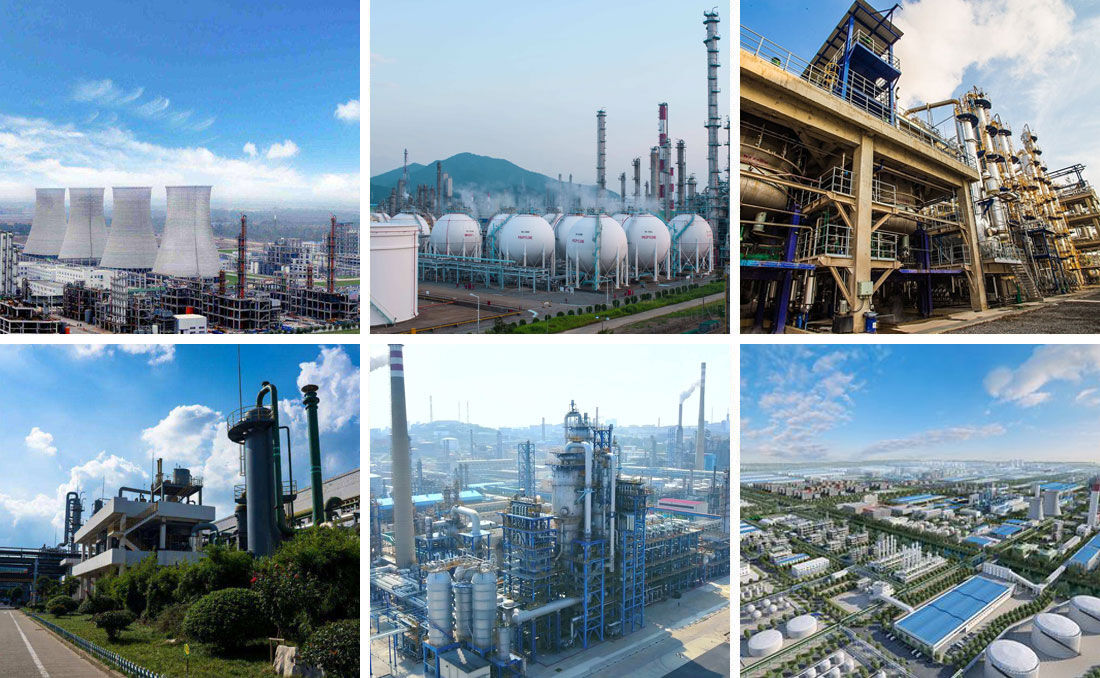

Daxunte (Shandong) Chemical Products Co. , Ltd. . Since its establishment, to pursue quality, integrity service as its own responsibility, and constantly enhance technical strength, improve management level. After years of efforts, the company has developed into a cross-regional diversification of the comprehensive enterprise. Located in Jinan, Shandong province, China's largest chemical production and distribution center, Daxunte (Shandong) Chemical Products Co. , Ltd. It is a professional supplier of high-tech chemical products integrating R&D, production and sales. It has an excellent team with many years of chemical professional background and great innovation ability. The company hopes through technological innovation, management innovation, Mechanism Innovation, warehousing logistics innovation, to create the influence of domestic chemical enterprises.
Chat Online

